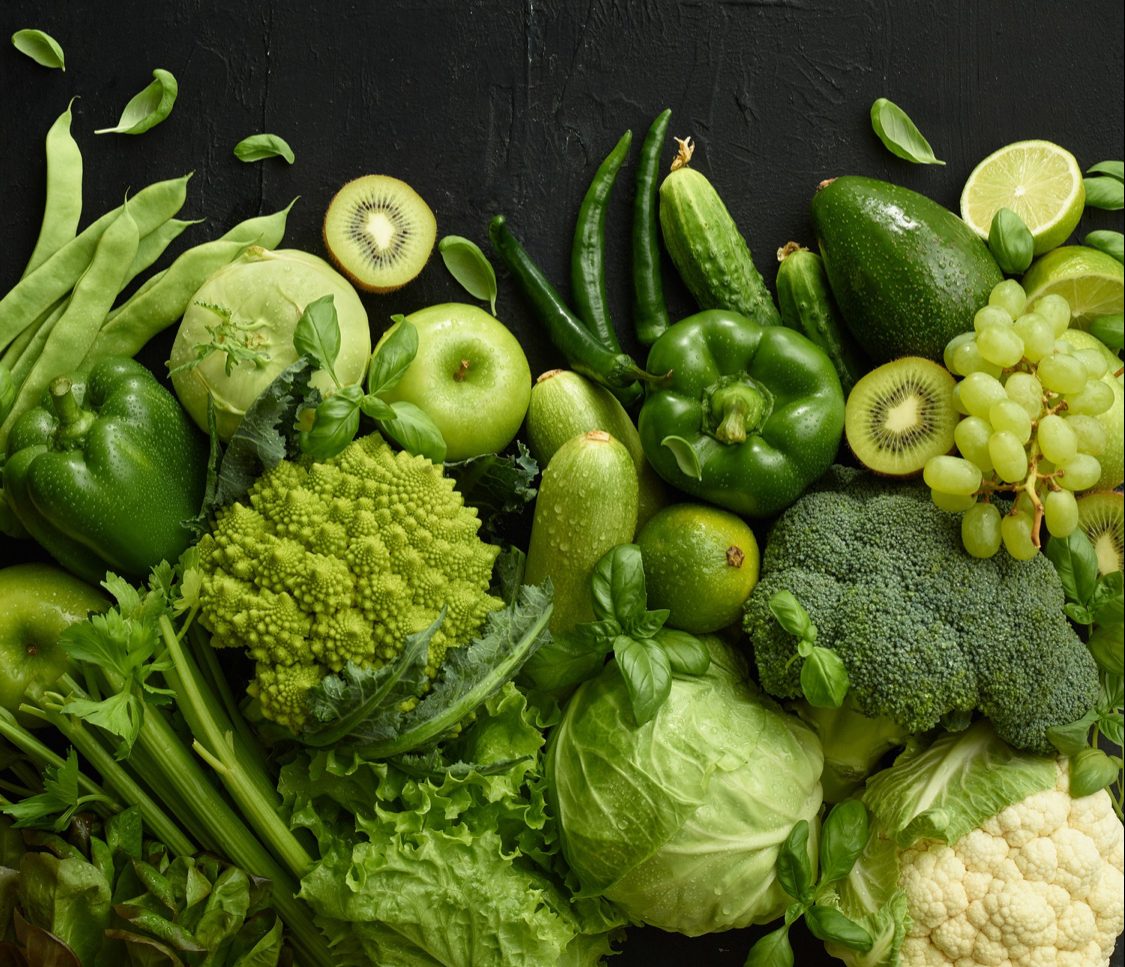Why is Saffron so Expensive?

Stigma of the flower
Since time immemorial, saffron has been an ingredient which is sought after for its use as a spice, a dye and its medicinal properties. The laborious and intricate nature of its cultivation is what makes saffron so valuable. Saffron is the red stigma of the Crocus Sativus plant. Each flower has three little stigmas which must be hand-picked with care. The careful labour required to harvest these fine threads cannot be done by a machine. Owing to its intricacy, just one kilogramme of high-quality saffron can take up to 40 hours of hard manual labour. Because of such a minimal harvest, each blossom yields only about 0.006 grams.
Its preparation alone is quite atypical in the sense that one gram of saffron requires over 150 flowers to be made. A kilo of saffron is roughly made up of 450,000 strands, and to get those many strands, roughly 150,000 flowers are required. Saffron in its purest form can cost over Rupees 120,000 per kilogramme.
When cultivating such a precise crop, quality is crucial. Saffron’s flavour is influenced by rainfall, temperature, and soil. Kashmir is known for producing some of the world’s highest-quality saffron, which can easily cost up to Rupees 250,000 per kilogramme.
Adulteration of Saffron
Saffron is a target for fraud, malpractice and adulteration because of its high price. It is often adulterated with spurious components to deceive consumers, thereby rendering it utterly useless or even hazardous.
Inexpensive parts of plants such as white mulberry, wheat, pistachio and cupgrass, less essential parts of the saffron plant, minerals, artificial colourants, weight agents, animal substances, and artificial substances are all used in saffron adulteration.
Dried tendrils of maize cob are often used as an adulterant in saffron. Consuming maize cob can have detrimental effects on human health. It has the potential of causing stomach issues, gas, bloating and diarrhoea. It contains traces of phytic acid, which can impair the human body’s mineral absorption functions.
As consumers, we need to understand and be aware of the consequences of food adulteration and avoid consuming adulterated foods.
How to Detect Saffron Adulteration
The Food Safety and Standards Authority of India (FSSAI) shared a test method on how to detect the presence of adulterants in saffron.
This test requires one to add a few strands of the suspected saffron to a glass jar filled with hot water up to 70-80 degrees. If the saffron is unadulterated, it will slowly release a typical saffron colour into the water. However, adulterated saffron will immediately release a deep colour into the water.
The Bottom Line
Dried stigmas of Crocus sativus are one of the most expensive plant substances in the world, and their high price, combined with rising demand for it, incentivizes fraud, which is accomplished primarily through the inclusion of other, less expensive substances coloured with additives that are not, in most cases, approved by health organisations. As consumers, knowledge is our most valuable weapon in combating the various malpractices prevalent in the market. Therefore, dear readers, stay vigilant and watch out for the various forms of fraud and malpractice that make their way onto our plates and into our bodies
 Food Manifest
Food Manifest 


















Leave a Comment
Your email address will not be published. Required fields are marked with *